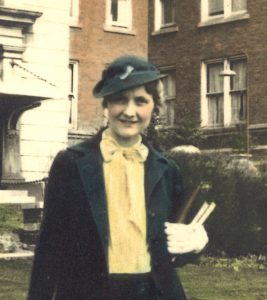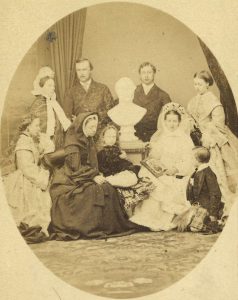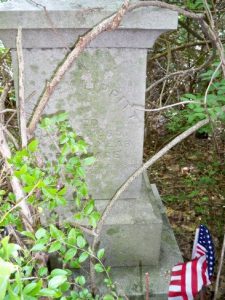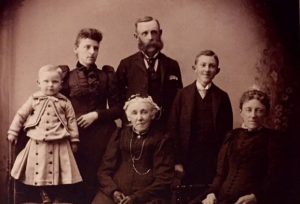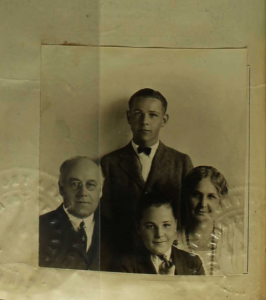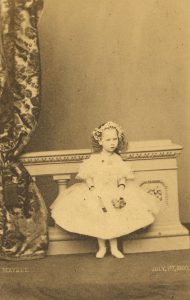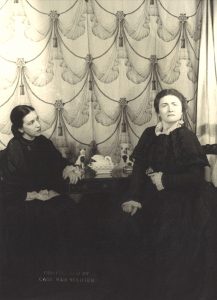
The recent acquisition of a 1947 photograph of the mezzo-soprano Dorothy Dow playing Susan B. Anthony[1] made me think about how historic figures have been represented on stage and in film – and, thus, in the still photographs that capture moments in these productions. In most cases, inevitably, the production choices reflect the date of the production as much as the purported date of the action. This example, by Carl Van Vechten, tells us as much about Van Vechten as it does Susan B. Anthony. While the setting is presumably the stage set for a scene in the opera, the lighting and even the backdrop belong in the photographer’s own studio. Continue reading Artistic imposture
